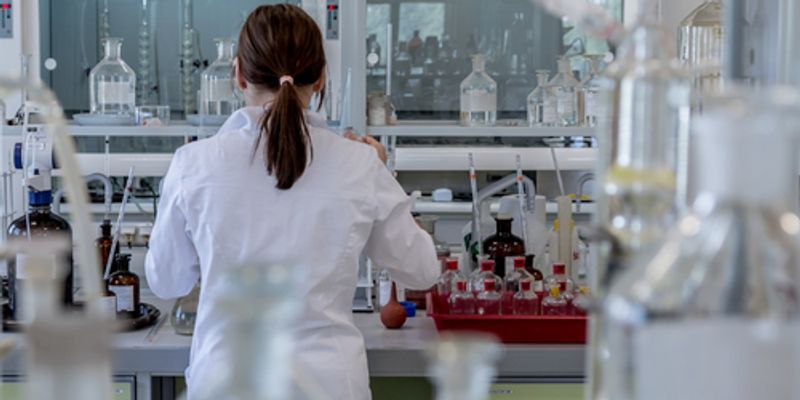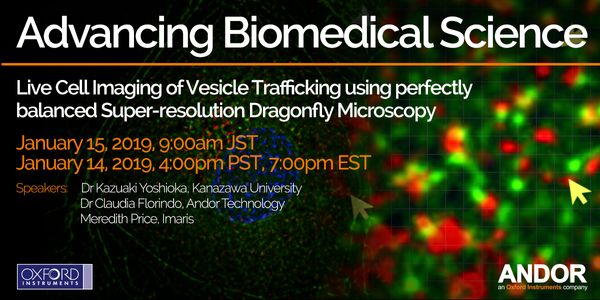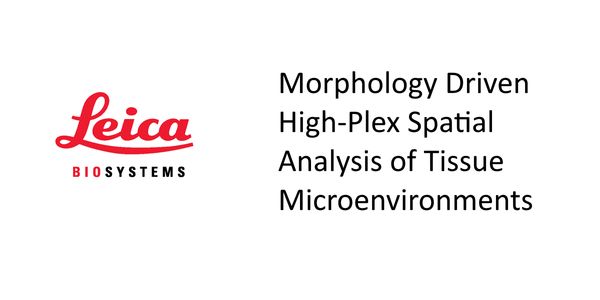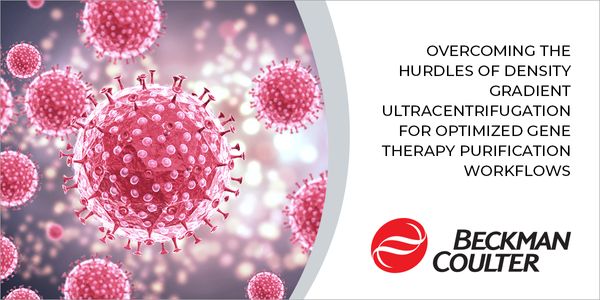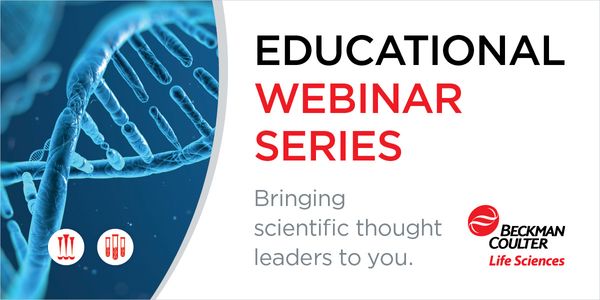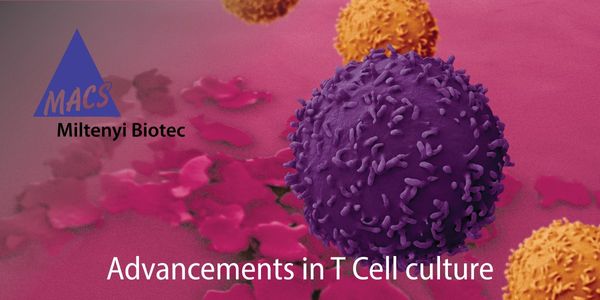JAN 30, 2020 | 9:00 AM
DATE: January 30, 2020 TIME: 9:00am PST, 12:00pm EST Recent advances in in vitro 3D cellular culture technologies, such as organoids, rapidly developed and established novel, more physiologi...
JAN 29, 2020 | 9:30 PM
DATE: Wednesday, January 29 9:30pm PST Thursday, January 30 12:30 am EST, 5:30 am GMT, 6:30 am CET, 11:00 am IST, 2:30 pm JST, 4:30 pm AEDT...
JAN 22, 2020 | 9:00 AM
DATE: January 22, 2019TIME: 9:00am PST, 12:00pm EST I describe the essentials for pursuing research grants from private foundations and corporations. Specifically, I revi...
JAN 14, 2020 | 4:00 PM
DATE: January 15, 2020 9:00am JST, January 14, 2020, 4:00pm PST, 7:00pm EST...
JAN 14, 2020 | 9:00 AM
Fecal elastase-1 – a biomarker for pancreatic exocrine insufficiency(EPI) continues to gain traction as an ideal biomarker for assessing EPI. This presentation will include a review of...
Chaperone networks are dysregulated with aging, but whether compromised Hsp70/Hsp90 chaperone function disturbs neuronal resilience is unknown. Stress‐inducible phosphoprotein 1 (STI1; STIP1...
Microphysiological systems (MPS), also known as organ-on-chips, are small scale in vitro cell cultures which mimic facets of tissue or organ level function. MPS frequently utilise primary hu...
